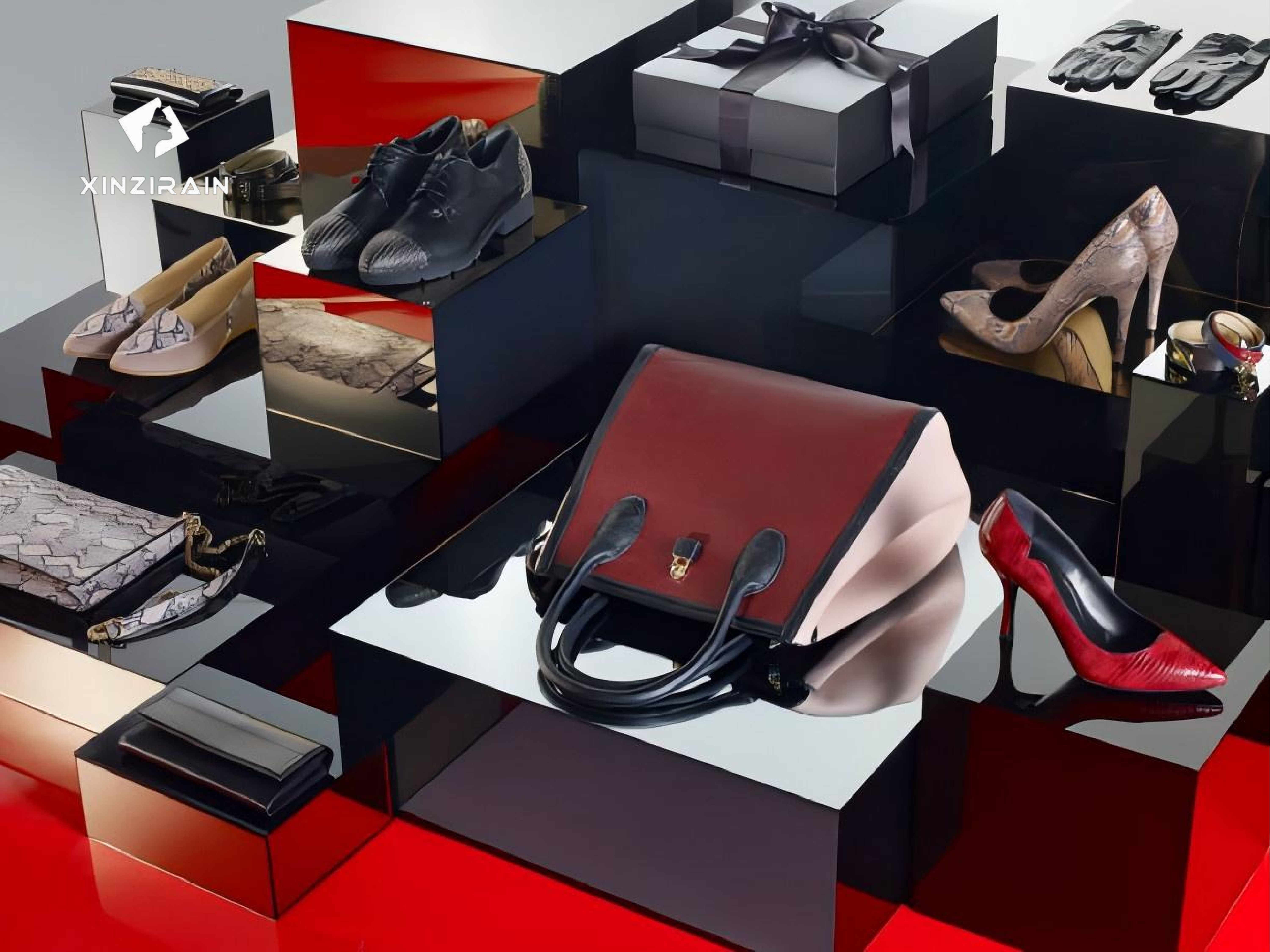
Començar un negoci de fabricació de bosses requereix una combinació de planificació estratègica, disseny creatiu i coneixement del sector per establir-se i escalar amb èxit en el món de la moda. Aquí teniu una guia pas a pas adaptada per crear un negoci de bosses rendible:
1. Identifica el teu nínxol i el teu públic
Primer, determineu l'estil i el nínxol de mercat de les bosses que voleu produir. Esteu buscant bosses de mà sostenibles, bosses de mà de cuir d'alta gamma o bosses esportives multiusos? Entengueu el vostre públic objectiu i les tendències actuals, com ara la demanda dematerials ecològicso dissenys únics, ajuda a definir l'atractiu del vostre producte i l'estratègia de preus

3. Materials i equips de qualitat de font
Per satisfer les expectatives dels clients, busqueu materials d'alta qualitat que s'alineïn amb la vostra marca, com ara cuir resistent, materials vegans o teixits reciclats. L'equipament essencial inclou màquines de cosir industrials, talladores rotatives i màquines overlock. Una cadena de subministrament fiable amb una qualitat de material constant garanteix que les vostres bosses compleixin els estàndards del mercat i generin confiança entre els clients.
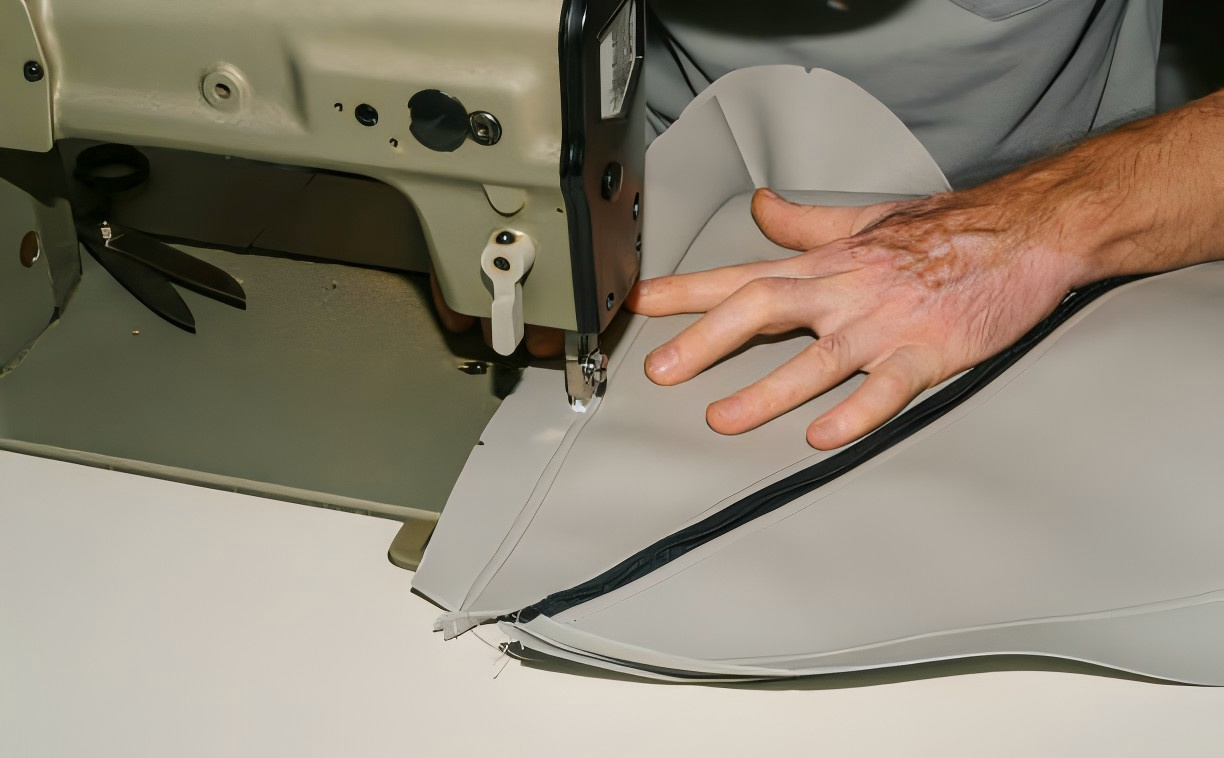
5. Configura els canals de vendes
Per a les noves empreses, plataformes com Etsy o Amazon són rendibles per arribar a un públic global, mentre que un lloc web personalitzat de Shopify ofereix control sobre la marca. Experimenteu amb tots dos mètodes per determinar quin funciona millor per al vostre mercat objectiu i pressupost. Oferir descomptes o ofertes promocionals per a compradors per primera vegada pot atraure una base de clients fidels.
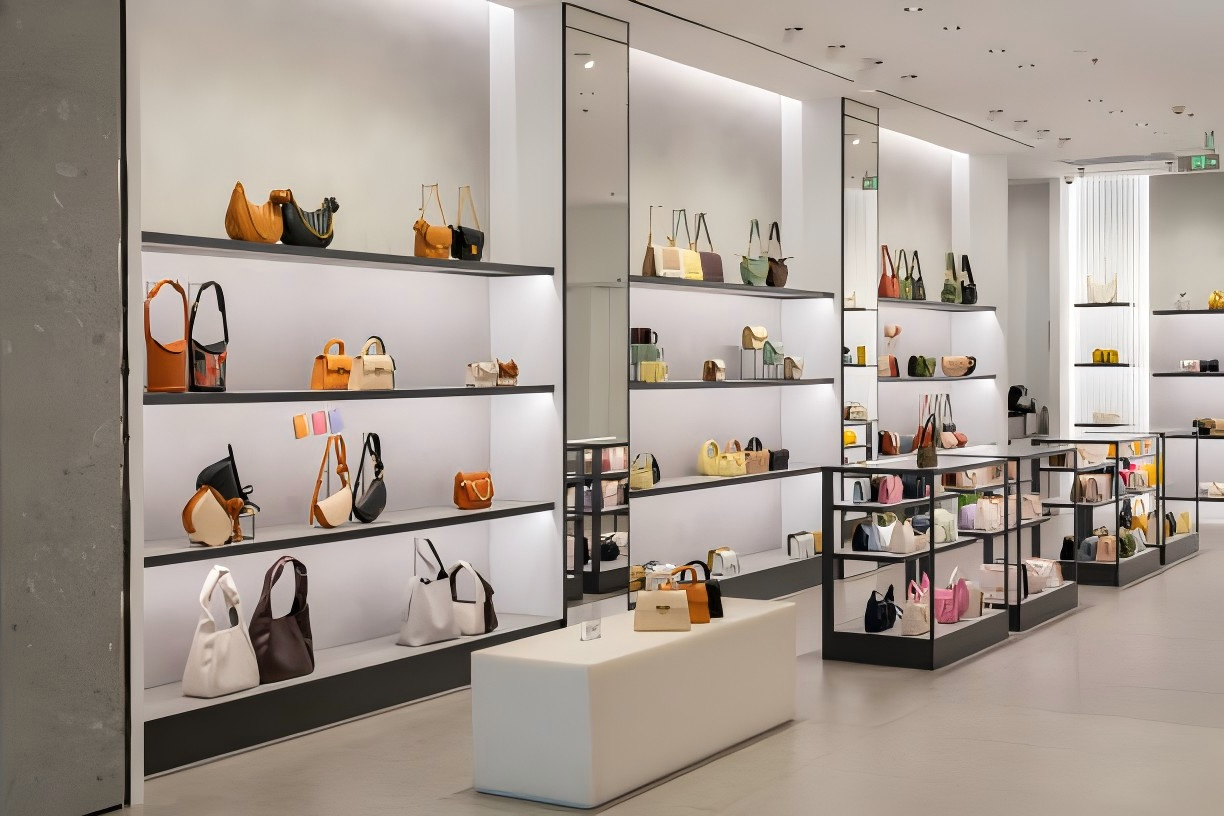
2. Desenvolupar un pla de negoci i una identitat de marca
El vostre pla de negoci ha de descriure els objectius, el públic objectiu, els costos inicials i els fluxos d'ingressos previstos. Construir una identitat de marca cohesionada (incloent-hi un nom, un logotip i una missió) ajuda a distingir els vostres productes al mercat. Crear una forta presència en línia a les plataformes de xarxes socials com Instagram i Pinterest és essencial per interactuar amb el vostre públic.
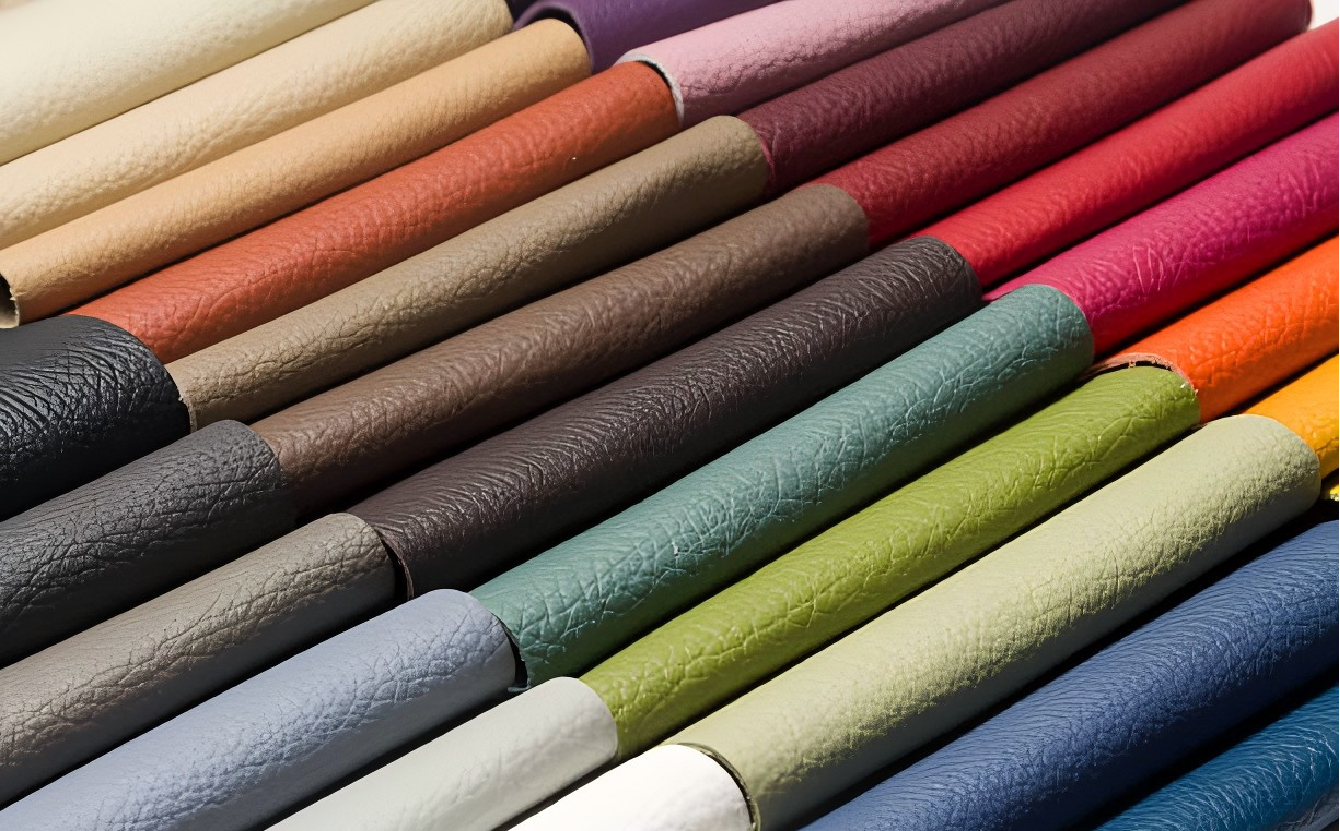
4. Prototip i prova els teus dissenys
Desenvolupar prototips permet provar la funcionalitat del disseny i obtenir comentaris. Comença amb un lot petit i considera oferir peces d'edició limitada per avaluar la demanda abans de comprometre't amb la producció a granel. Els ajustaments en el disseny i el material basats en els comentaris inicials poden millorar significativament el producte final i la satisfacció del client.
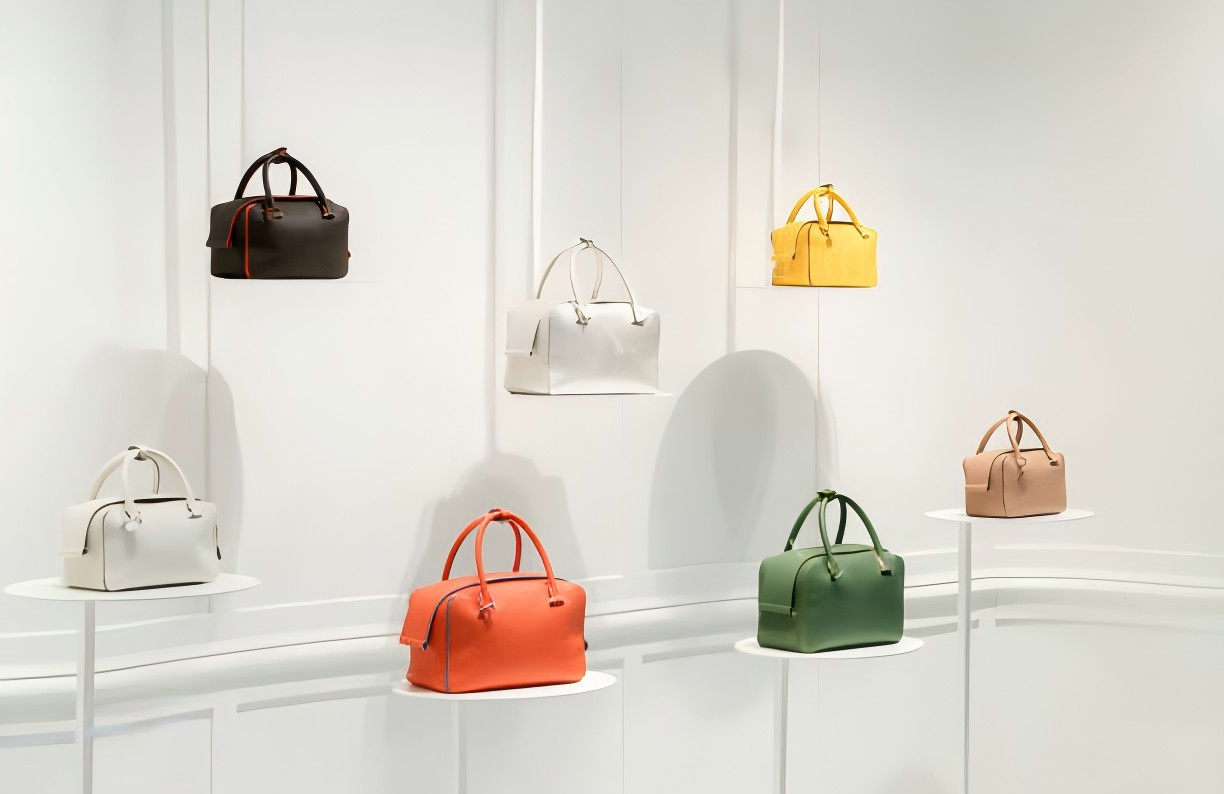
Veure el nostre servei de sabates i bosses personalitzades
Veure els nostres casos de projectes de personalització
Crea els teus propis productes personalitzats ara
Data de publicació: 08 de novembre de 2024